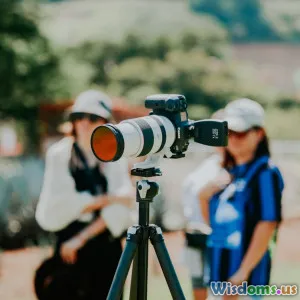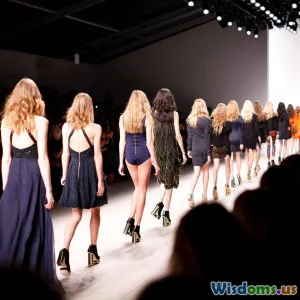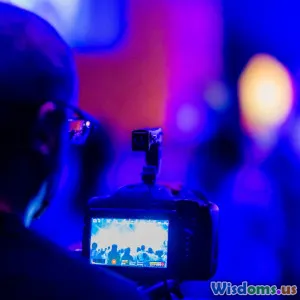
Behind the Scenes Shooting Big Conventions Successfully
31 min read Pro tips for planning, gear, access, lighting, and workflows to photograph large conventions smoothly, from pre-production to delivery, with examples, checklists, and real-world backstage insights. (0 Reviews)
Big conventions look glamorous on social media—glittering keynotes, buzzing show floors, celebrity speakers—but the real magic (and chaos) lives behind the scenes. If you’re hired to shoot it, you’re expected to be invisible and everywhere at once, translate brand goals into usable visuals, deliver highlights before the closing keynote ends, and keep your gear running under fluorescent lights, thumping PA systems, and tangled radio frequencies. This field guide distills what actually works when you’re the one tasked with capturing it all.
The real brief: what clients actually need
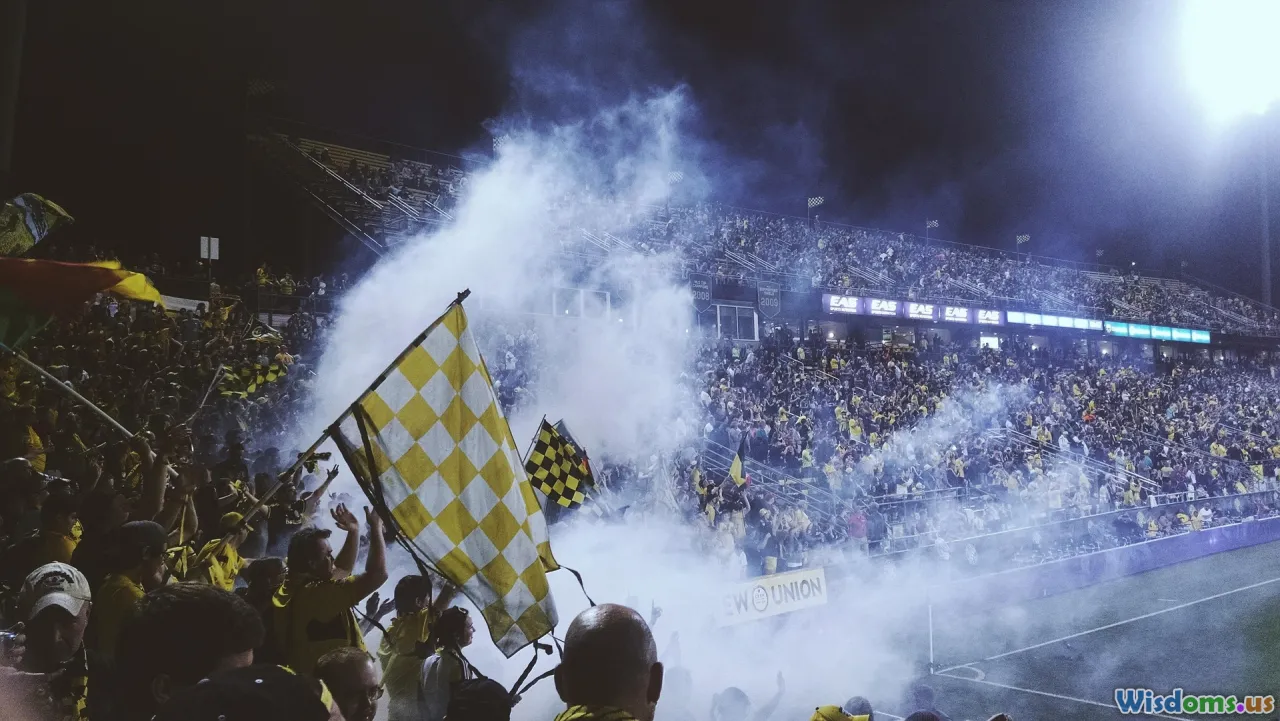
Most first-timers over-prepare for gear and under-prepare for outcomes. Conventions aren’t just events; they’re content factories funding next year’s marketing pipeline. Your job is to prove ROI for organizers and sponsors with images and footage the marketing team can use immediately and for months after.
Translate the assignment into deliverables you can measure:
- Day-of social assets: 10–30 edited photos by midday; 10–30 more before evening; a 30–90 second vertical reel by end of day.
- Evergreen library: 200–600 photos covering diversity, scale, sponsor value, speaker authority, attendee joy, and logistics that sell future attendance (registration efficiency, signage clarity, accessibility, safety).
- Hero moments: opening keynote, product launches, ribbon cuttings, awards, VIP meet-and-greets, packed sessions with visible branding.
- Sponsor-specific coverage: each sponsor’s booth with engagement (not empty spaces), clear logos, product demos, and staff interactions.
- Press kit updates: 10–20 PR-friendly images with clean backgrounds, faces visible, and recognizable context.
Ask early:
- What are the top three business goals? (e.g., sell next year’s tickets, prove sponsor ROI, secure press coverage)
- What formats and aspect ratios? (16:9 for YouTube, 9:16 for Reels/TikTok, 1:1 for LinkedIn) Decide framing accordingly.
- Where will content live? (website hero, digital signage, press releases) This affects composition and negative space.
- Delivery deadlines per day? Who approves?
Pro tip: Request last year’s highlight deck. It reveals what stakeholders actually post and which shots get used repeatedly.
Credentials, access, and insurance: the silent deal-breakers

You can be the best shooter in the world and still miss the keynote if you can’t get in the pit. For big U.S. venues (Javits, Moscone, McCormick Place, Las Vegas Convention Center), organizers often require:
- A pro badge with “All Access” or “Back of House” sticker if you’re covering backstage or catwalks.
- A certificate of insurance (COI) naming the organizer and venue as Additional Insured. Typical requirements: $1M per occurrence, $2M aggregate general liability, and often $1M auto and workers’ comp if you have a crew. Ask for exact wording; many submissions get rejected for missing commas or dates.
- Union labor rules for load-in/out. Some halls restrict who can carry what from the dock. Factor drayage times. If you roll in with a cart, you might trigger union assistance; a backpack is usually fine.
- Safety briefings. Production areas may require hard hats during rigging, hi-vis vests, closed-toe shoes, and radio check-ins.
Arrive a day early for badge pickup and security walkthroughs. Build relationships with security supervisors and stage managers—they control the door minutes before the keynote starts.
Scout like a producer: maps, light, and traffic flow
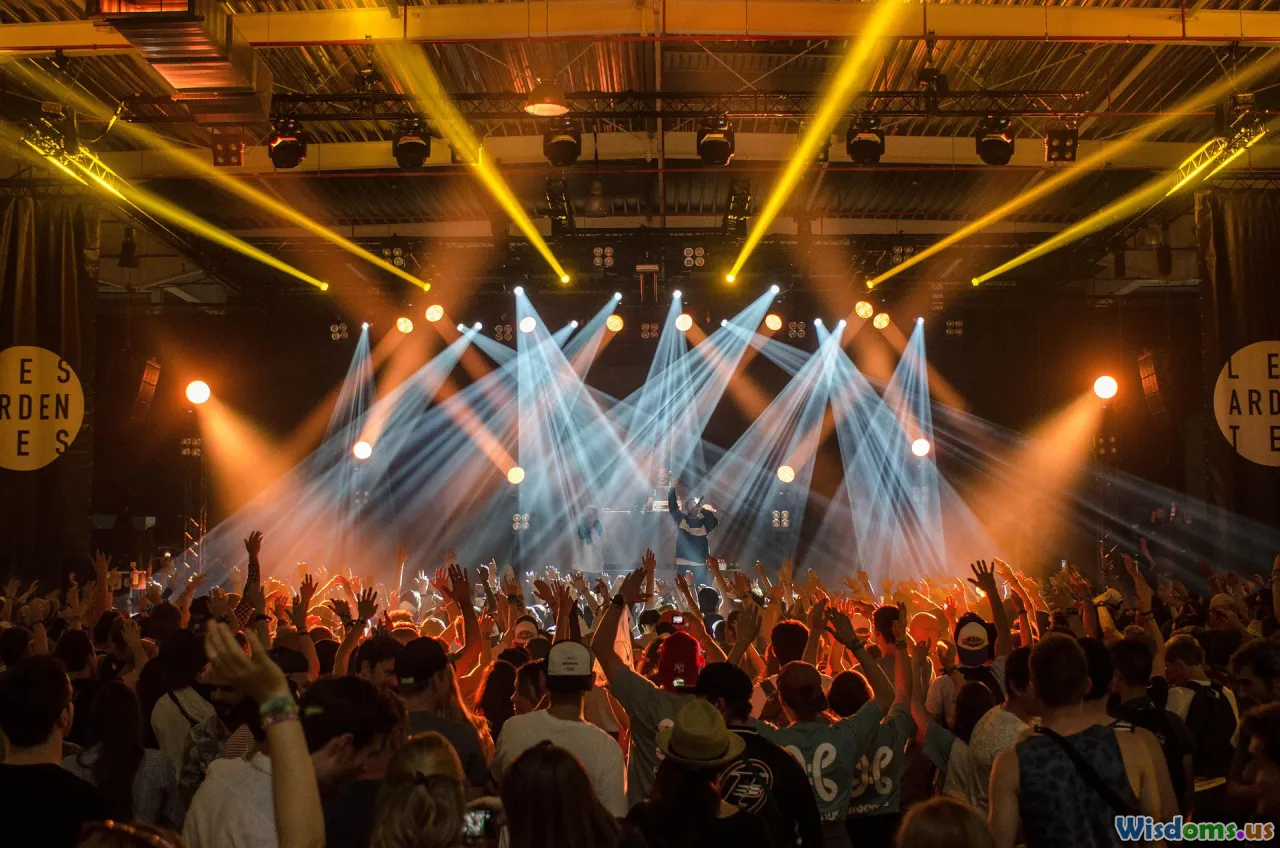
Treat the venue like a set. Scout with your shot list in mind:
- Walk the route: registration → keynote hall → breakout rooms → expo floor → VIP lounge → media room → after-hours venue. Time each leg during simulated traffic.
- Identify choke points for B-roll: escalators with brand banners, entrance archways, wide aisles with motion, and any location with good natural light.
- Light audit: note color temperatures and sources. Conventions often mix 4000–4500K overhead LEDs with 5600K stage spots and screens. Find a neutral wall for custom white balance; carry a gray card.
- Sound audit: stand where you plan to interview; count decibels with a phone app. If you can’t hold a conversation, use a handheld dynamic mic or move to an alcove.
- Power and data: mark charging opportunities, media room bandwidth, and any restrictions on extension cables.
- Backstage: study stage left/right access, speaker green rooms, and any NDAs or no-photo zones.
Take phone snaps into a digital storyboard and label them with exact times when the light looks best. In large halls, a 30-minute lighting rehearsal snapshot saves your first row of real shots.
Gear that survives the show floor
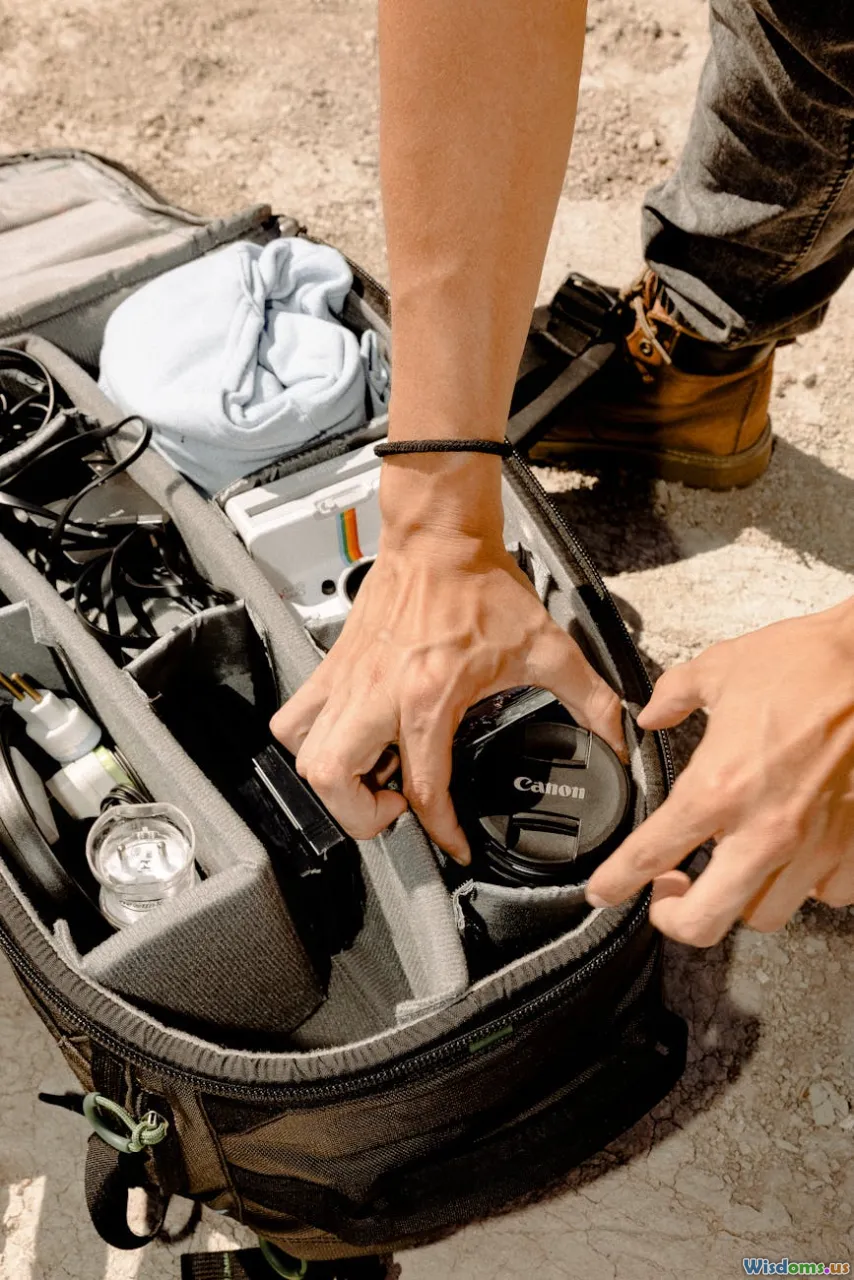
You don’t need everything—you need the right things. A proven loadout for hybrid photo/video coverage:
- Bodies: two matching mirrorless bodies with dual card slots. Assign one to a fast zoom (24–70mm f/2.8) and the other to a telephoto (70–200mm f/2.8). A third small body (e.g., APS-C or compact full-frame) ready with a 16–35mm for tight booths.
- Lenses: 16–35, 24–70, 70–200; one fast prime (35 or 50 f/1.4) for sponsor portraits or dim after-parties.
- Stabilization: monopod with quick release; compact gimbal for reels; skip heavy tripods unless you’re locked to press risers.
- Lighting: on-camera flash with a small softbox or bounce card; one or two compact LEDs (e.g., 60W COB and a pocket light) with bi-color control. Many expo ceilings are black and 50+ feet high—plan for directional, not bounce.
- Audio: handheld dynamic wireless (e.g., Shure SM58 head on a wireless system) for floor interviews; lav kits for controlled rooms; stick to legal frequency bands and keep spares.
- Power: battery plate or USB-C PD banks that can top up mirrorless bodies between sessions. Bring twice the batteries you think you need.
- Misc: earplugs (to protect hearing near stages), knee pads (for low angles), gaffer tape, multi-tool, Sharpies, lens wipes, microSD to SD adapters.
Pack for mobility:
- Rolling hard case for transit and a slim shoulder or sling bag for the floor.
- Color-code batteries and cards (green = full, red = used).
- Pre-label cards with camera names; log usage in your phone notes to aid post.
Audio you can trust in impossible noise
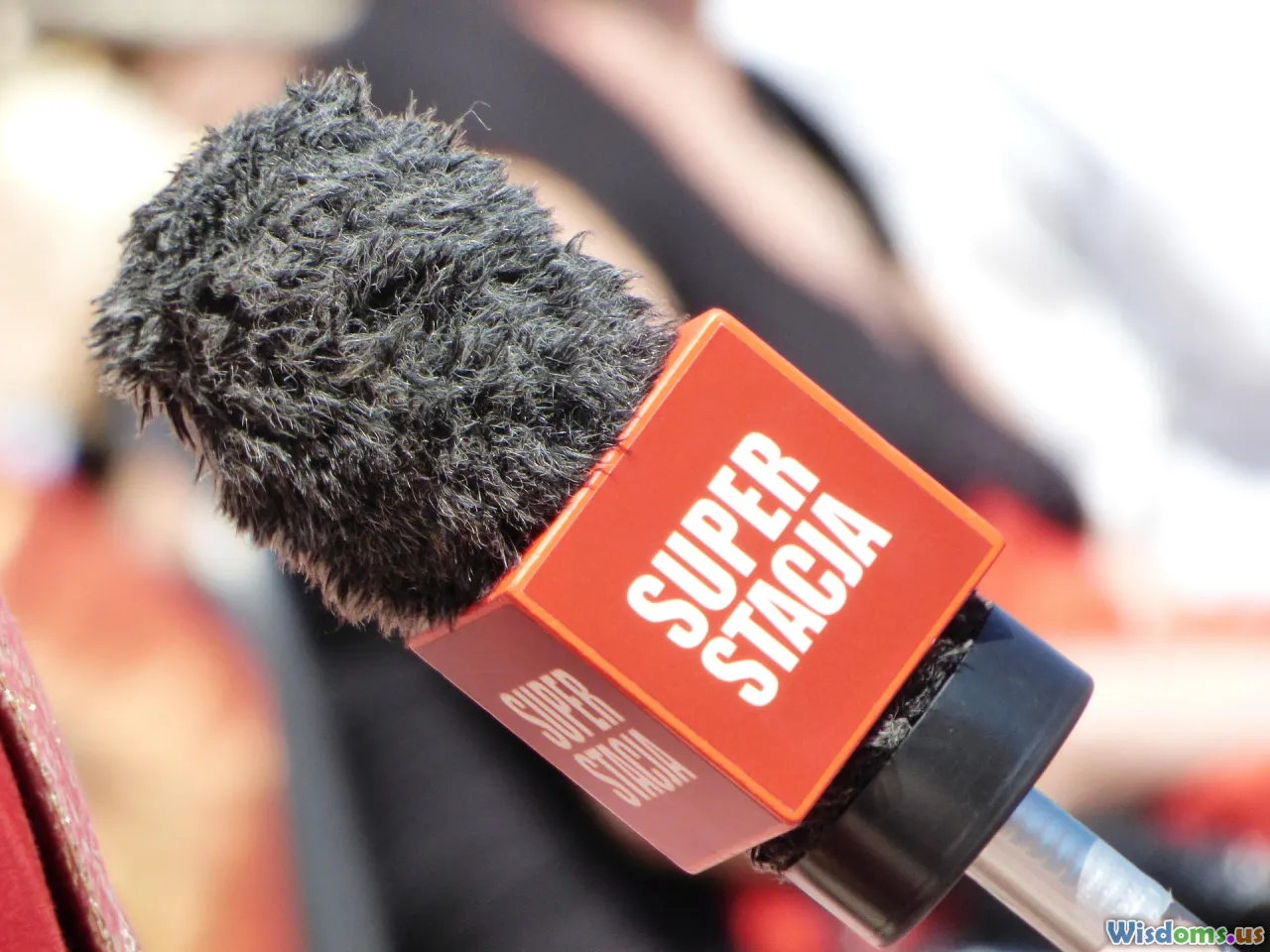
Expo floors eat audio. The PA competes with demos, DJs, and crowds. Your best defense is mic choice and proximity.
- For floor interviews, use a handheld dynamic mic with a tight pickup pattern. Keep it 4–6 inches from the subject’s mouth. This rejects a surprising amount of ambient noise and reads as “broadcast” to interviewees.
- For thought-leader segments away from the floor, lavs work—clip high on the sternum, add a small fur windscreen, and roll a backup recorder (e.g., pocket recorder) if RF is crowded.
- Scan frequencies before you start. Avoid interference by spacing transmitters properly and keeping receivers line-of-sight. Keep transmitters off major Wi-Fi channels and common intermod hits; higher frequency bands with clear scans usually perform better in dense halls.
- Monitor with closed-back headphones and watch the meters, not just your ears. Set a conservative input level and apply high-pass filtering at 80–100 Hz to tame rumble.
Position matters: step away from the speaker stacks and LED walls. Find a corner, a hallway with carpet, or a draped backdrop. Even a 10-foot move can reduce SPL dramatically.
Lighting when ceilings are 60 feet high
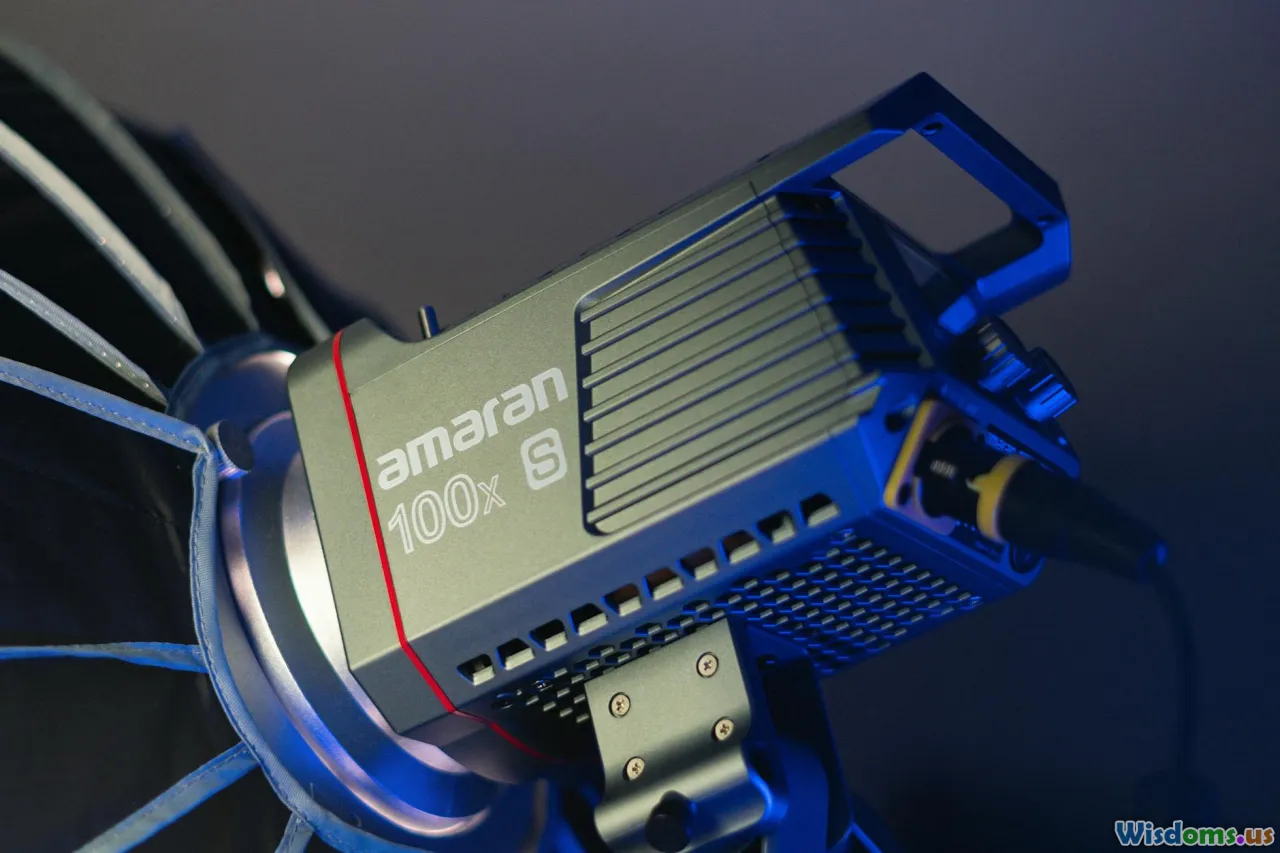
Forget bouncing flash off the ceiling—most are too high, dark, or covered in acoustic panels. Use controlled, directional sources.
- For booth content: a small on-camera flash with a softbox angled 45 degrees gives clean, branded shots without blinding attendees. Keep power low and recycle fast.
- For portable video setups: a 60W bi-color LED with a small softbox and grid creates flattering light in noisy backgrounds. Set to match ambient (often 4500–5600K). A pocket RGB light can rim-light the subject against busy scenes.
- For stage: defer to the lighting director. Shoot tests during rehearsal; lock exposure to protect highlights on faces. Avoid adding your own light near stage—house crews will shut it down.
Mixed light management:
- Custom white balance with a gray card in each major location.
- Shoot RAW for photos and a log or flat profile for video, but test your LUT for the venue’s LED wall tones. Some LED walls skew magenta; a corrective gel or white balance shift can save time in post.
Capturing key moments without missing the next

Conventions run on tight cues. Build a shot sequence for each event block and stick to it.
Keynote plan (sample 45-minute block):
- Establishing wide: the room filling, branding visible (00:00–00:05).
- Speaker entrance: medium telephoto from aisle, then stage-left cutaway (00:05–00:10).
- Audience reaction: diverse faces, laughter, applause; include foreground signage (00:10–00:20).
- Slides and demos: capture the product on screen without moiré; adjust shutter to avoid flicker (00:20–00:30).
- Sponsor cutaways: sponsor logo on stage, VIP box (00:30–00:35).
- Closing hero: confetti, standing ovation, wide + tight (00:35–00:45).
Breakouts:
- Arrive 5 minutes early, grab a wide room shot, two speaker angles, and 3–5 audience interactions. Don’t linger; you’ve got 20 more rooms.
Expo floor:
- Morning: clean booth shots before crowds.
- Midday: engagement-heavy coverage—demos, conversations, hands-on.
- Late afternoon: lifestyle frames—networking lounges, coffee lines, hallway banter.
After-hours:
- Go lighter on gear, prioritize candid connections and brand presence at venues. Watch for low light: push to f/1.4 or 1/125 and ISO 6400–12800; embrace grain or bring a small LED.
Shot lists that make marketing teams cheer
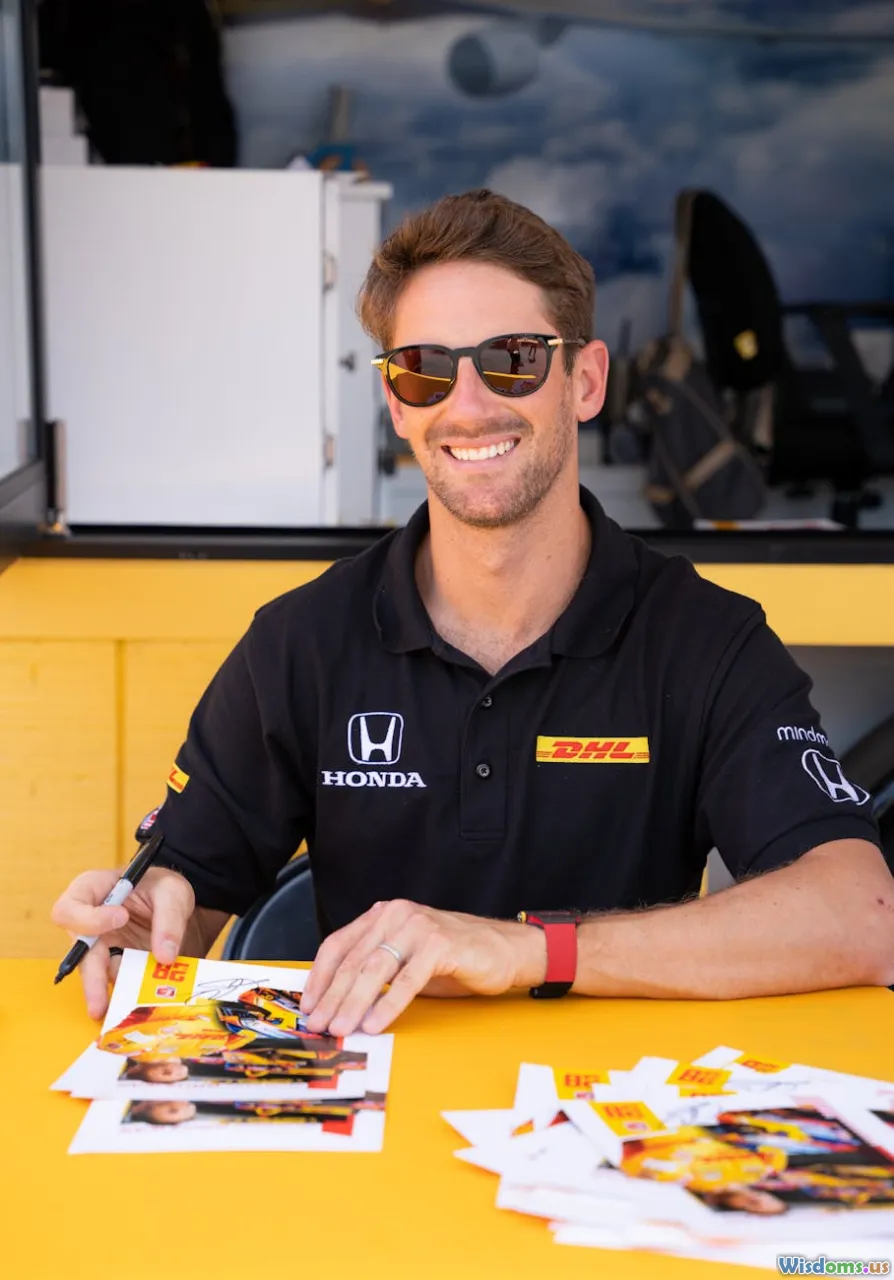
Build lists that map to marketing claims:
- Scale and energy: packed rooms, long registration lines moving smoothly, overhead shots from balconies.
- Diversity and inclusion: a broad range of attendees in speaker roles and moments of collaboration.
- Sponsor ROI: logo visibility with engaged attendees—no empty booths. Include badge scans, demos, and giveaways.
- Product storytelling: hands-on close-ups, UI screens, facial reactions, before/after boards.
- Thought leadership: speakers lit well, with clear slides and a visible event hashtag.
- Hospitality: food stations, VIP lounges, quiet rooms, accessibility features.
Create a 1-page “golden dozen” list of must-have photos you check off daily. Example: “Registration hero with signage,” “Keynote standing ovation,” “Sponsor A demo with 5+ people,” “Diverse panel Q+A,” “Networking handshake with skyline view.”
The same-day delivery workflow
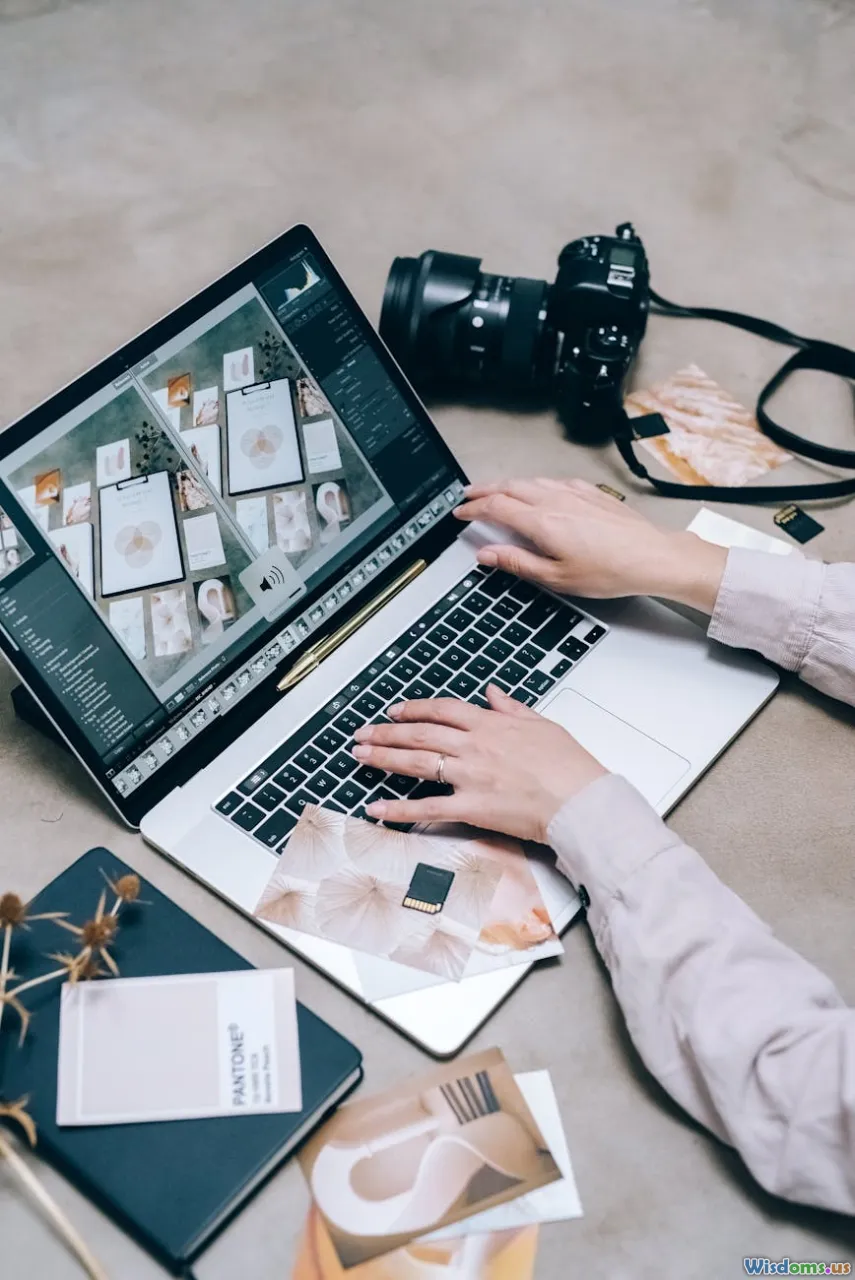
Momentum is currency. If you deliver by lunch, your work fuels the event’s own promotion while it’s still happening.
- Ingest: shoot dual-slot RAW+JPEG. Hand off JPEGs (or video proxies) to your editor/DIT every hour. If solo, batch-ingest during natural lulls.
- Culling: Photo Mechanic for speed. Star the first 30 winners fast; export with preset crops for 16:9, 4:5, 9:16.
- Color: build venue-specific presets before day one. Correct skin tones against LED wall casts with HSL tweaks.
- Metadata: embed event name, date, location, and sponsor tags for searchability.
- Delivery: a cloud folder structure like Day/Session/Sponsor. Use Frame.io, Dropbox, or an FTP that comms and PR can access. Share a “live” link; avoid sending dozens of emails.
- Video: keep a 10–15 clip B-roll pool rolling across days—doors opening, escalators, signage, crowd waves, applause, close-ups. That’s your same-day reel backbone.
Define approval flow: one stakeholder with authority signs off. Too many approvers kills speed.
Team structure and comms that scale
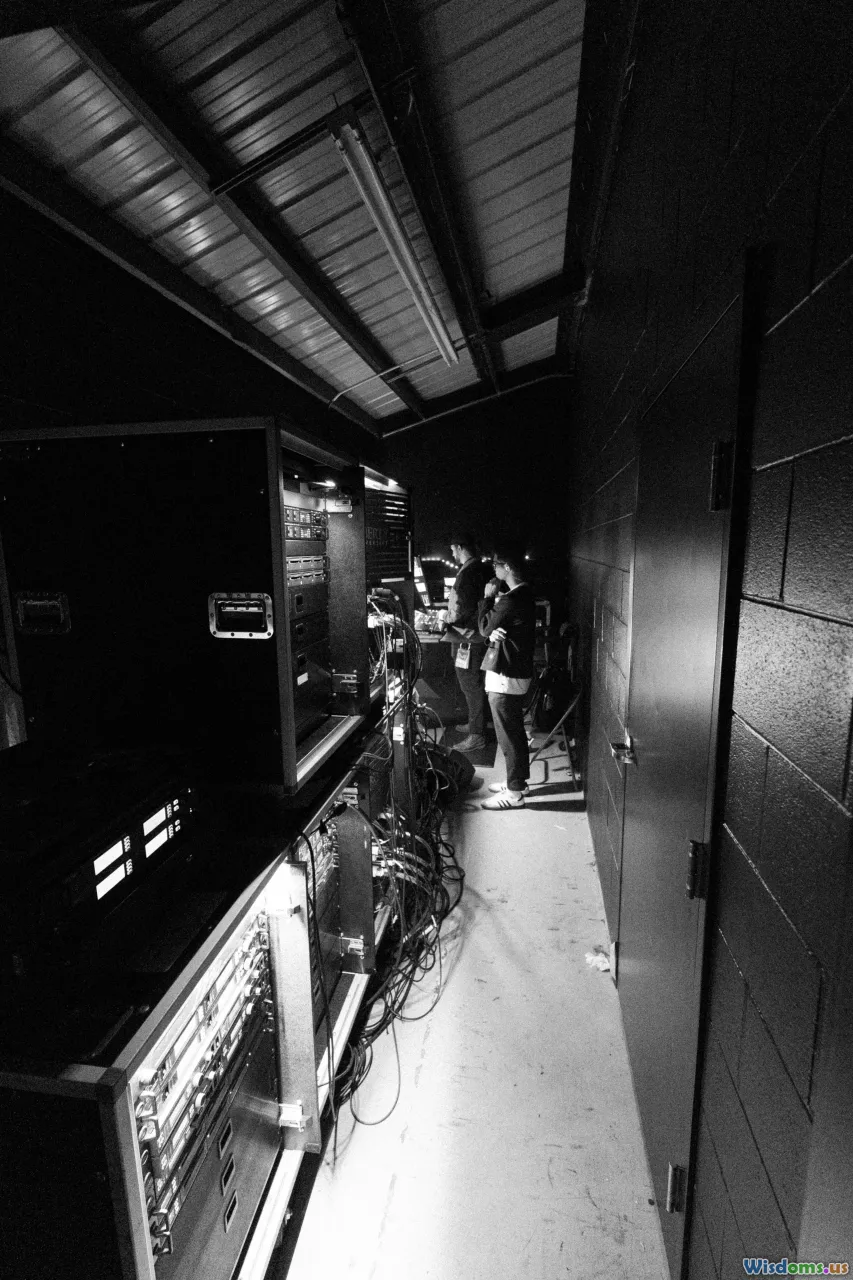
For events over 5,000 attendees, solo coverage is risky. A lean, effective crew:
- Lead producer/DP: owns run-of-show and client communication.
- Photographer(s): one covering keynote/stage, another roaming expo and breakouts.
- Videographer: pulls b-roll and verticals for socials, sets up quick interviews.
- Audio/utility: manages wireless, mic swaps, batteries, and helps wrangle releases.
- DIT/editor: ingests, culls, grades, and pushes deliverables.
Comms:
- Radio channels or a secure group chat (e.g., Zello/WhatsApp). Keep one channel strictly for show calls (standby/ready/go) and another for content requests.
- A living shot tracker (Google Sheet) accessible on phones: who’s covering which sponsor and due times.
- Daily 10-minute huddles: morning alignment, midday check-in, end-of-day review.
Working with organizers, security, and unions

Respect the ecosystem:
- Stage managers: your lifeline to cues. Ask for a run-of-show and rehearsal access. Never cross the stage apron without a nod from stage ops.
- Security: introduce yourself, show credentials proactively, and ask where you can and cannot stand. Remember, front-of-house is about egress and safety first.
- Union crews: don’t move or modify truss, lights, or cabling. If you need a power drop or a black drape moved, request through the floor manager.
- Exhibitors: never block a booth entrance. Offer to email selects to booth leads—this builds goodwill and extends your distribution.
Legal, releases, and privacy
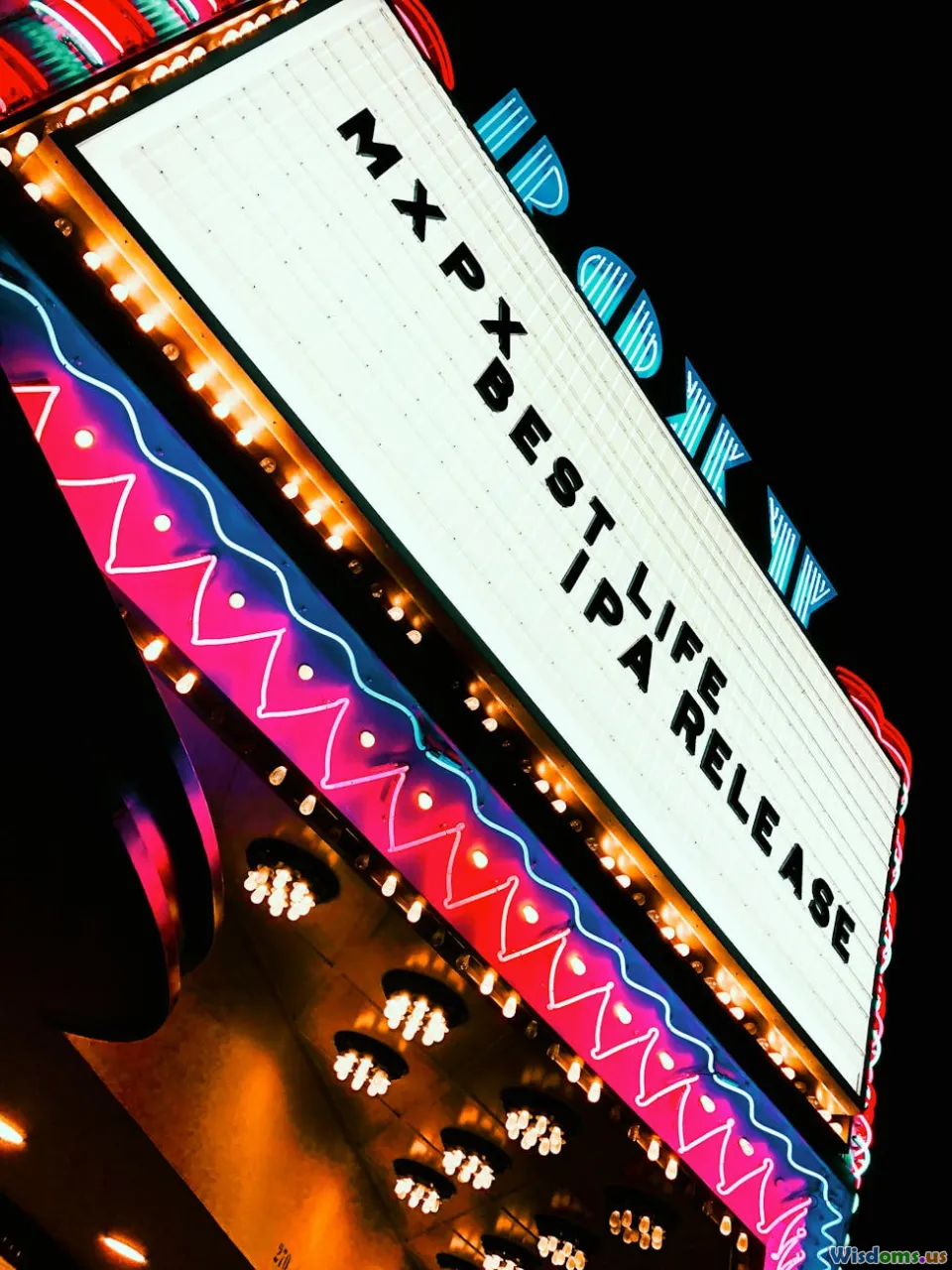
Conventions typically post “By entering you consent to photography/video” signage, which covers editorial and event marketing. But sponsor usage or third-party ads often requires model releases for recognizable individuals in close-ups.
Best practices (not legal advice):
- Keep a simple release app on your phone/tablet. Get releases for interviews, posed portraits, and any minors (with guardian signature).
- In the EU, consider GDPR implications for identifiable images used in marketing. Organizers often have pre-approved language—ask for their policy.
- Honor no-photo badges or lanyard markers if the event uses them.
- Obtain location permissions for drone shots—most indoor drone use is prohibited or impractical; if allowed, coordinate with safety teams and rigging.
Technical traps: LED walls, flicker, and RF chaos
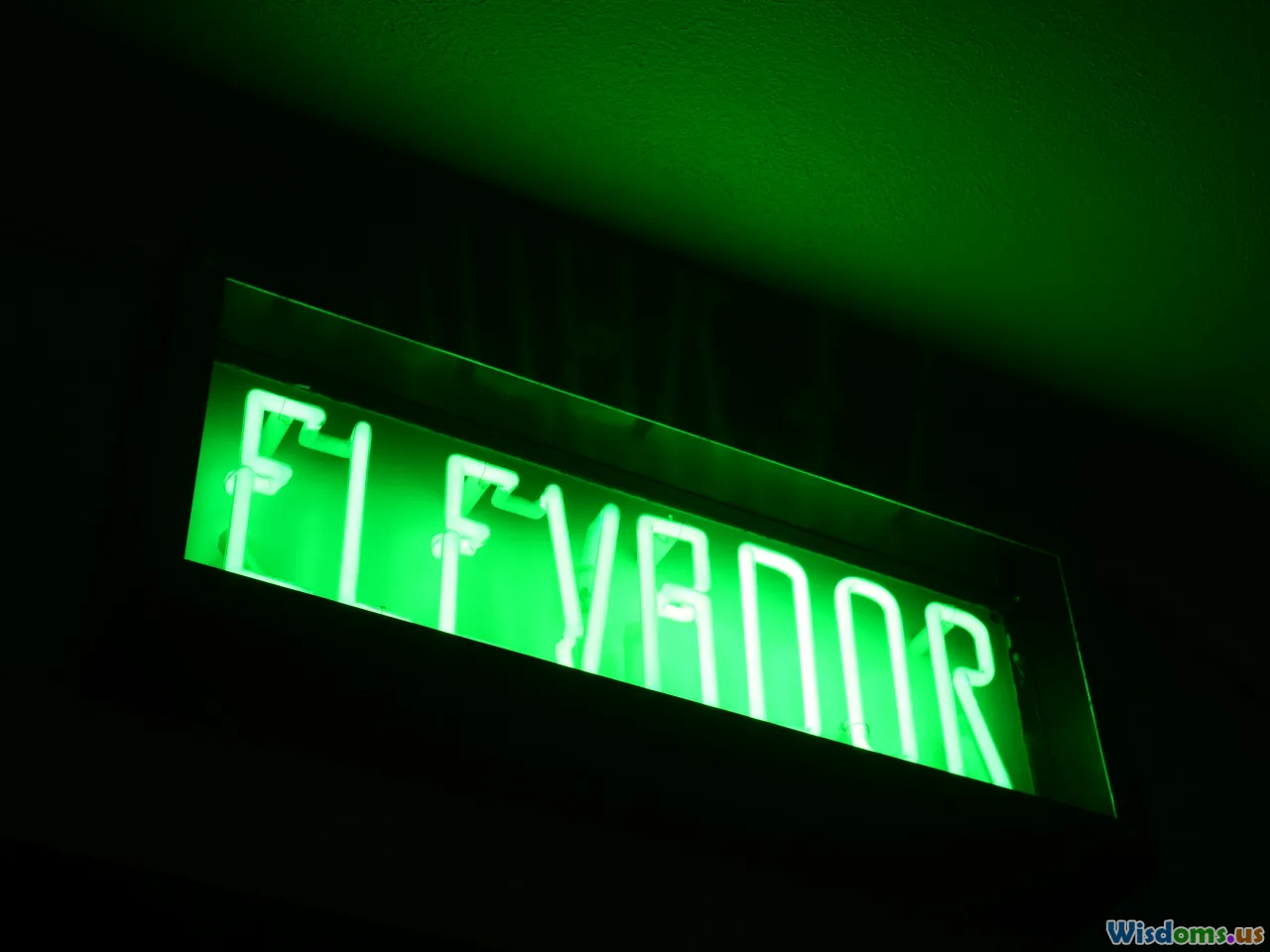
- LED walls: avoid moiré by stepping back, changing focal length, or slightly defocusing the background. For video, match shutter to refresh rate; test 1/100 for 50 Hz power systems and 1/120 for 60 Hz. Some LED walls run high refresh; toggle your camera’s anti-flicker or fine-tune shutter angle (e.g., 172.8°).
- Dimmed LEDs can band with electronic shutters. For photos, use mechanical shutter or enable anti-flicker shooting. For video, avoid extreme shutter speeds.
- Projectors: protect highlights on faces while keeping slides legible. Expose for skin; you can composite slides later if critical.
- RF interference: treat microphones like camera angles—pre-plan and coordinate with the audio engineer. Log frequencies and keep redundancy.
Crowd etiquette and safety
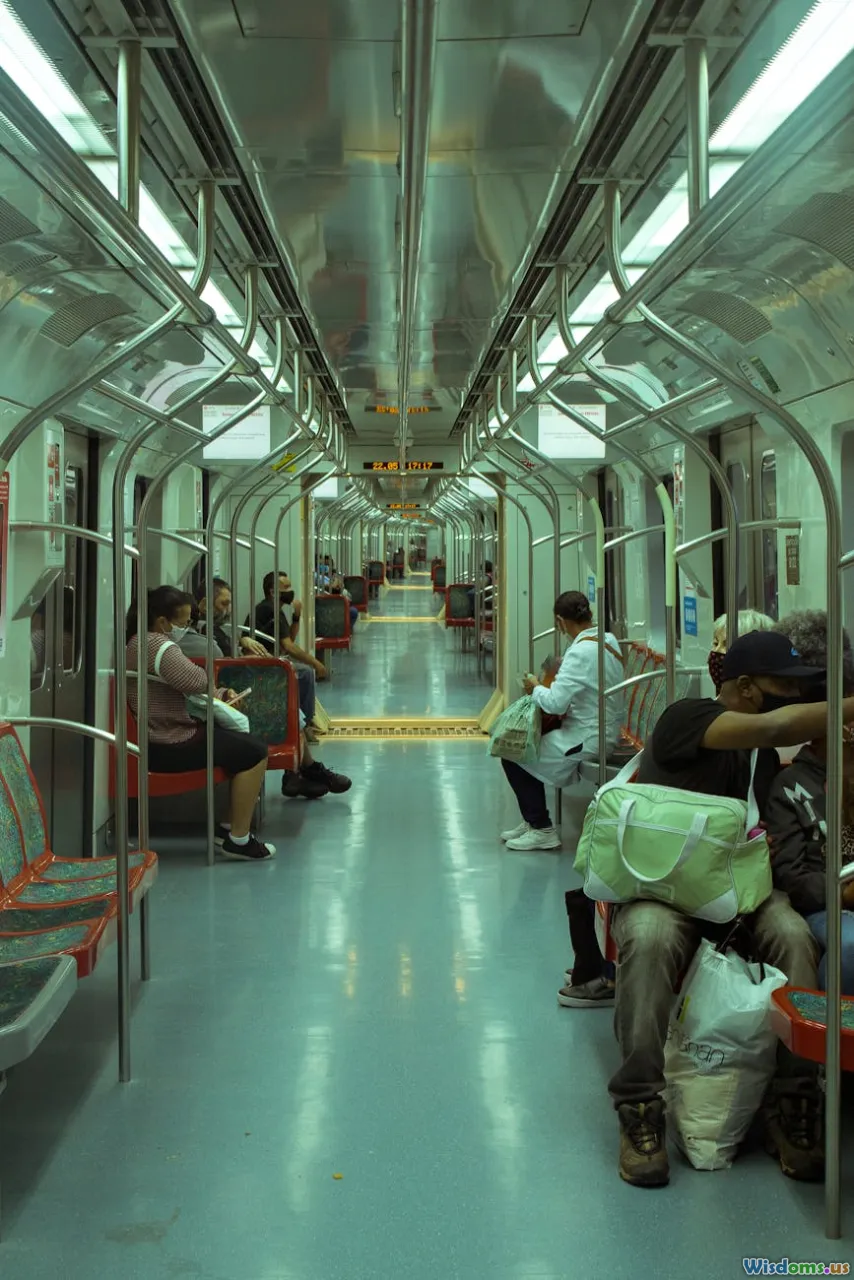
You’re part of the safety plan:
- Never block aisles or marked egress routes; keep bags tight to your body in crowds.
- Use a monopod, not a tripod, in tight spaces; keep your footprint small.
- Wear soft-soled, all-black shoes and dark clothing. You blend in and reduce distractions.
- Mind strobe sensitivities: warn if using flash near individuals who may be sensitive to rapid lights.
- Hydrate, eat, and pace yourself. Fatigue causes mistakes.
Read the room: attendees paid to be there. If someone declines a photo, thank them and move on.
Travel, health, and stamina hacks

Conventions are marathons disguised as sprints. You’ll walk 15,000–25,000 steps a day. Keep yourself operational:
- Footwear: cushioned, broken-in shoes. Bring two pairs and alternate daily.
- Back health: backpack with a hip belt or a sling that distributes weight; stretch between blocks.
- Nutrition: high-protein snacks, electrolytes, and a refillable bottle. Coffee is not hydration.
- Sleep: front-load charging and backups so you can sleep. A tired editor makes expensive mistakes.
- Packing: a rolling case for transit, a small floor kit for speed. Keep rain covers and a compact poncho if any outdoor elements are involved.
Budgeting, pricing, and licensing that reflect reality

Big conventions promise volume, but the logistics and turnaround justify robust pricing.
Consider line items:
- Pre-production: briefs, scouting day, schedule planning, coordination meetings.
- Crew: day rates for each role, with overtime after 10 hours.
- Gear: camera and lens kits, audio, lighting, backup bodies; charge rental or usage fees even if owned.
- Post-production: on-site DIT, same-day edits, full edit days after.
- Delivery: rush fees for midday galleries, social cuts, captioning.
- Licensing: define usage (event marketing vs. sponsor advertising), term, and territories. Offer tiered packages.
Spell out kill fees, cancellation windows, and delivery timelines. Get signatures before you roll.
Case study: a day covering CES like a pro

6:30 AM: Badge check, security wave-in, quick breakfast, and radio check. Camera 1: 24–70; Camera 2: 70–200; spare body with 16–35 in the sling.
7:00 AM: Empty booth pass—clean proof-of-build shots for sponsors. White-balance at 5000K; note a magenta cast from a particular LED wall.
8:00 AM: Registration opens. Establishing wides of lines moving; close-ups of badges printing; signage with CES logo.
9:00 AM: Keynote rehearsal. Coordinate with stage manager; test shutter at 1/120 to avoid LED banding. Build a 20-clip b-roll library.
10:00 AM: First keynote. Capture the hero moments by cue; telephoto for applause with visible branding; cut to stage left for over-the-shoulder slide context.
11:00 AM: DIT push: 30 selects graded, delivered to PR via Frame.io with caption suggestions.
12:00 PM: Sponsor A live demo. Floor interview with handheld dynamic mic, step away from a nearby DJ booth. Film a 30-second vertical with punch-in cuts.
1:30 PM: Breakouts sweep: 5 rooms, 6 minutes each. Wide room, speaker mid, audience engagement, sign with session title.
3:00 PM: Media room: quick executive portrait against brand wall with 60W LED and small softbox. Sign a model release in the app.
4:30 PM: Panel with surprise guest. Get crowd reaction and cross-cut with sponsor signage.
5:30 PM: Same-day reel assembly: doors opening → handshake → demo close-up → laugh → keynote applause → sunset exterior → sponsor logo ribbon. Export 9:16 and 16:9. Upload.
7:00 PM: After-hours reception. Low-light candid coverage, diffusion on flash turned low, keep ISO reasonable and accept grain for mood.
10:00 PM: Backup: two portable SSDs mirrored; catalog updated; batteries on charge; 20 must-haves exported for morning press blast.
Postproduction that scales: culling, grading, delivery
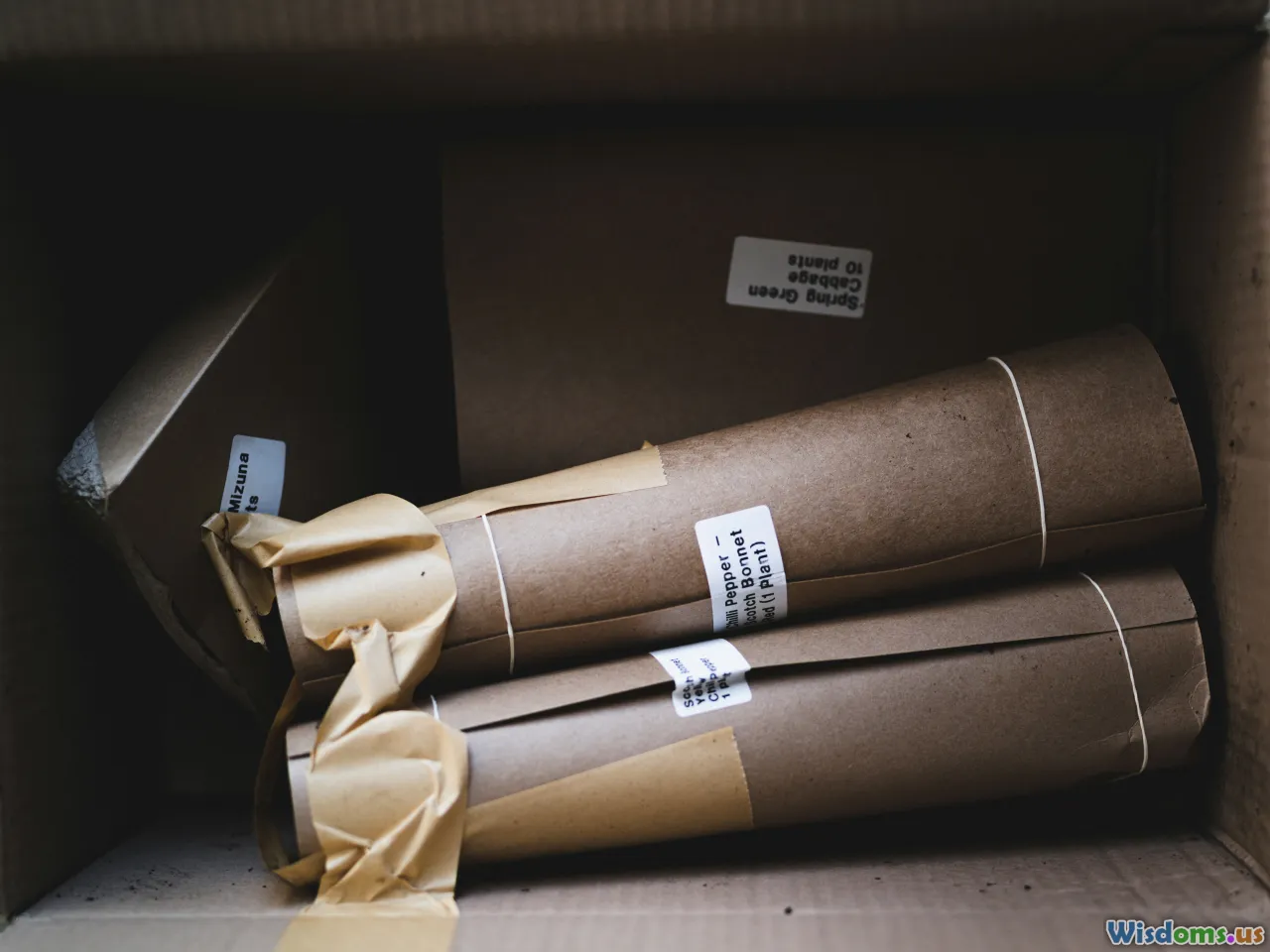
- Culling: tag by storyline (Scale, Sponsor, Product, People, Venue). This helps you fulfill future requests quickly.
- Grading: build three looks—stage, expo, lifestyle. Save as presets tied to the venue’s lighting characteristics.
- Skin tones: use HSL and selective saturation to tame LED spill. For video, skin-tone line in vectorscope is your anchor.
- Captions: write them as you go in a notes app: speaker names, brands, metrics (e.g., “Over 8,000 attendees filled Hall B”). Your clients will reuse this copy.
- Delivery: package by audience—Press (clean, contextual), Social (punchy, vertical, text-safe), Sponsor (logo-forward, engagement-driven), Internal (process and logistics).
Metrics and proof of value
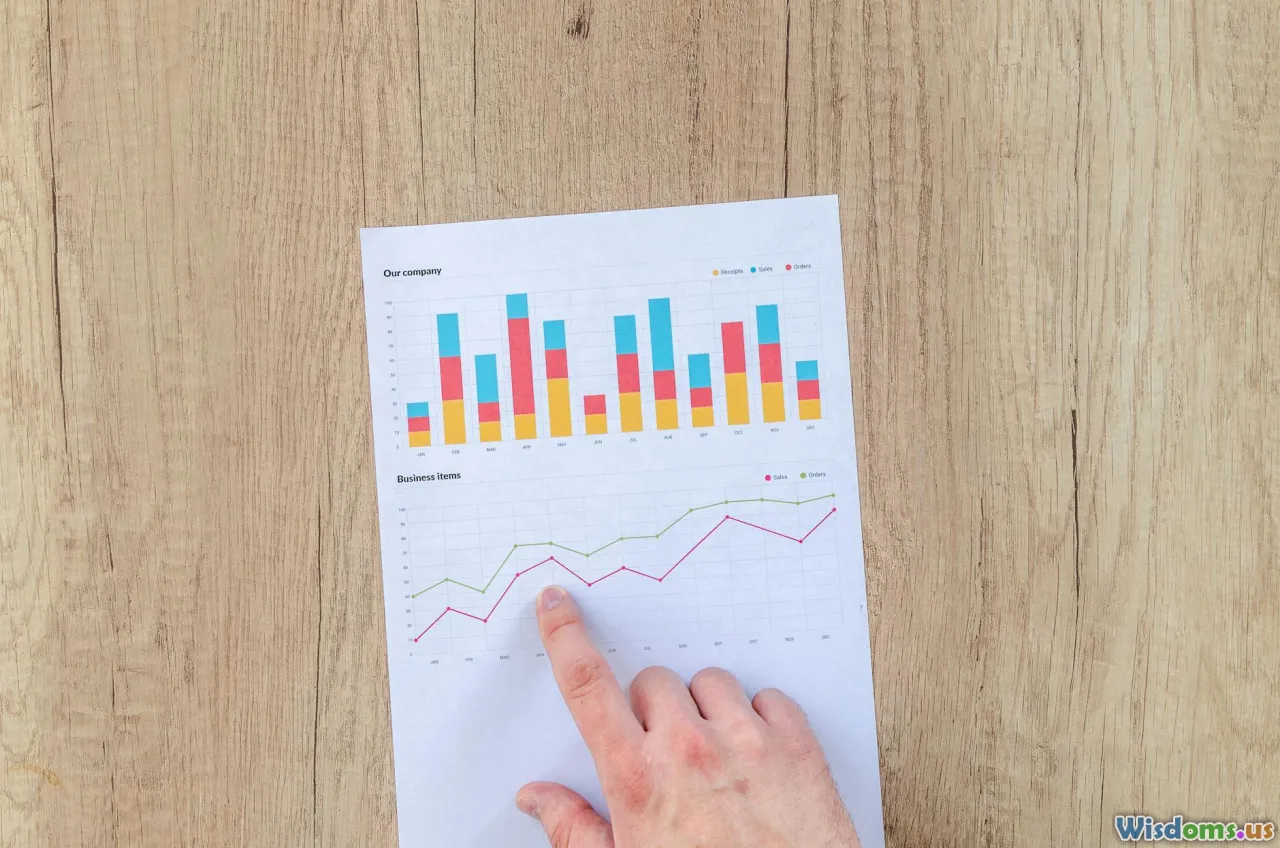
Tie your work to outcomes:
- Provide a short analytics note 48 hours post-event: number of assets delivered, social cuts posted, early engagement deltas, and a mini gallery of the top-performing images.
- Recommend evergreen uses: website hero refresh, sales decks, sponsor recaps, and next-year prospectus.
- Offer a quick-turn “sizzle” for the closing session—a 60–90 second piece that helps them sell next year on stage.
This posture moves you from vendor to partner, making renewals and referrals standard.
Common pitfalls you can avoid

- Ignoring power cycles: don’t rely on a single wall outlet. Batteries fail; pack redundancy.
- Silent electronic shutter banding: switch to mechanical in rooms with dimmed LEDs.
- Overreliance on ambient: bring a small light. Even a pocket LED salvages a chaotic interview.
- Overdelivering junk: speed is good; curation is better. Ten perfect images beat 100 mediocre ones.
- Not labeling: lost context kills value. Tag speaker names and sponsor booth numbers in filenames or metadata.
The 3-2-1 backup rule for live events
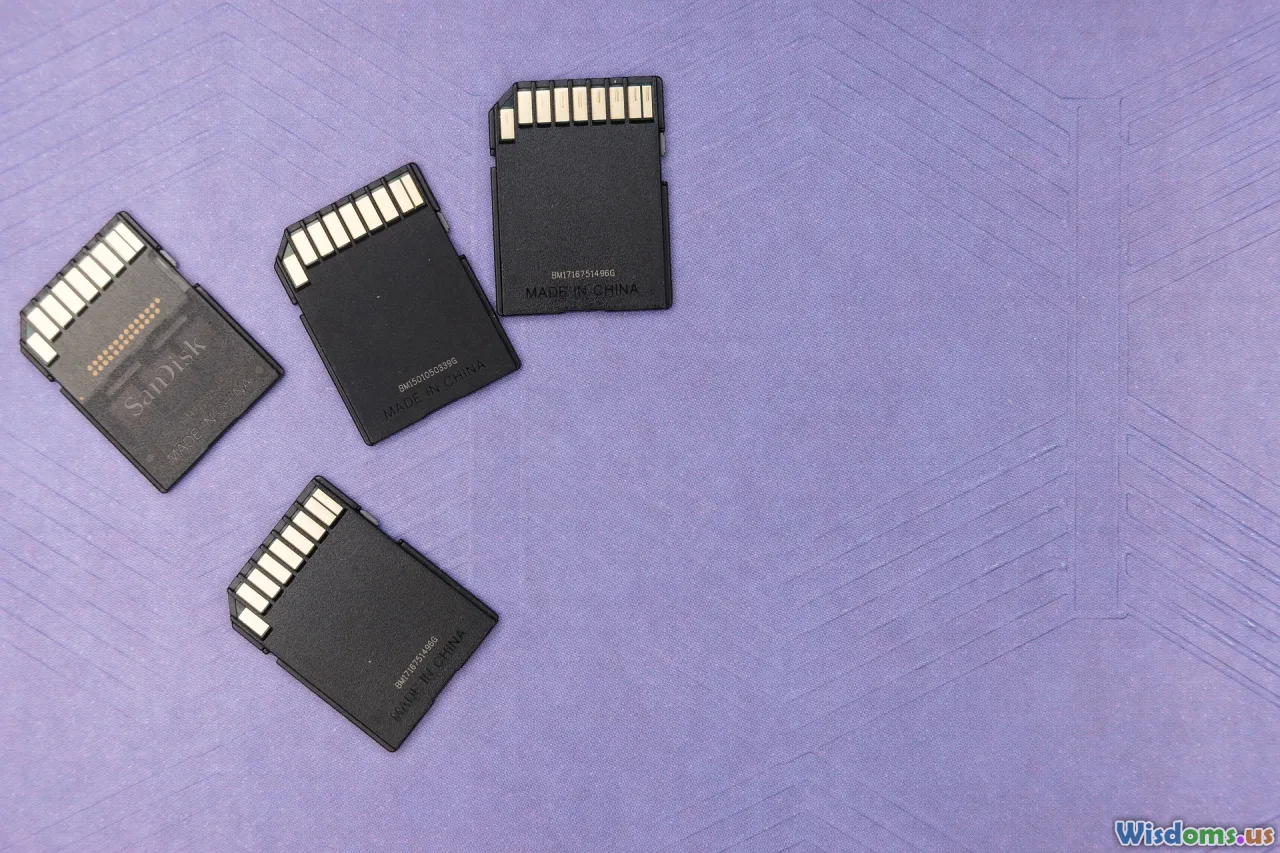
At the end of each day:
- 3 copies of your data (primary SSD, backup SSD, and a cloud/offsite if bandwidth allows).
- 2 different media types (e.g., SSD + SD card master until verified).
- 1 copy offsite (hand a drive to a trusted teammate staying in another hotel room).
Checksum your copies. Don’t format cards until next morning after you verify the backups.
Working with press and influencers
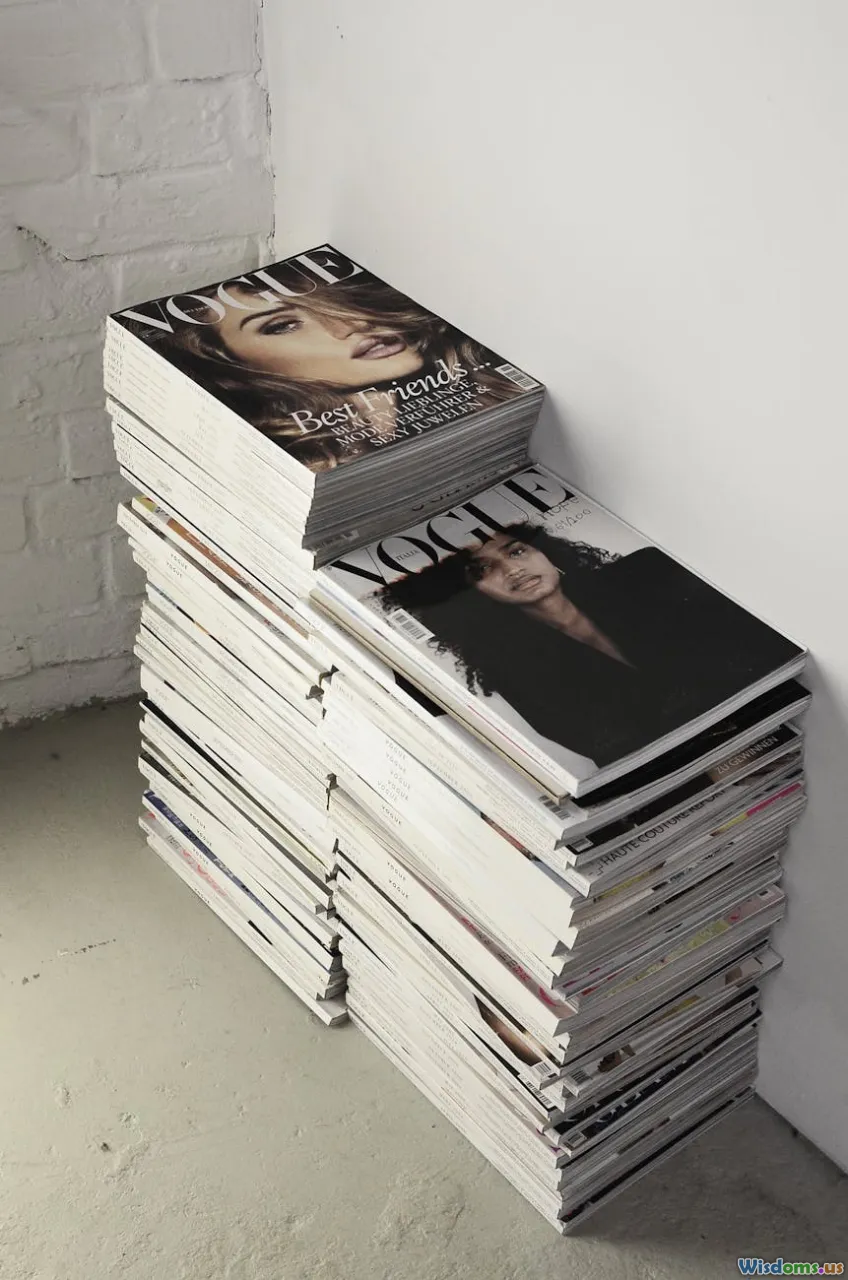
- Pool positions: press risers have limited slots; arrive early with the right credentials and a non-intrusive setup.
- B-roll for media: provide 30–60 seconds of clean, natural sound clips and wide establishing shots. Journalists love pre-cleared footage.
- Influencers: pair them with a content wrangler who feeds them pre-approved highlight spots. Offer them a branded background and good light.
Accessibility and inclusion in your visuals

Show what you want next year: ramps in use, ASL interpreters, quiet rooms, prayer spaces, parents’ rooms, multilingual signage. Capture inclusive networking moments and a variety of ages, genders, and backgrounds. It’s authentic and market-smart.
A concise checklist you can copy

Pre-event:
- Signed contract, COI approved, credentials confirmed
- Shot list aligned to business goals; run-of-show in hand
- Venue scout complete; light and audio tests done
- Crew roster, comms plan, and contact sheet shared
- File structure and presets built; delivery links pre-created
Floor kit:
- 2 bodies, 3 lenses (16–35, 24–70, 70–200), 1 fast prime
- On-camera flash + mini softbox; 60W LED + pocket light
- Handheld dynamic mic + lav kit + backup recorder
- Monopod, gaffer tape, multi-tool, earplugs, knee pads
- Batteries (2x need), cards (2x need), dual SSDs
Daily ops:
- Morning huddle, midday check, end-of-day review
- Hourly ingest and selects; lunch gallery out by 1 PM
- Sponsor coverage logs updated
- 3-2-1 backups; batteries charged; cards verified
Post:
- Full gallery graded and tagged within agreed timeline
- Sizzle edit delivered
- Metrics recap and recommendations sent
The secret to shooting big conventions isn’t a magic lens or a mystical color grade. It’s respect for the run-of-show, empathy for attendees, precision in logistics, and relentless focus on usable outcomes. Do those well, and your images won’t just document the event—they’ll help build the next one.
Rate the Post
User Reviews
Other posts in Event Photography
Popular Posts











